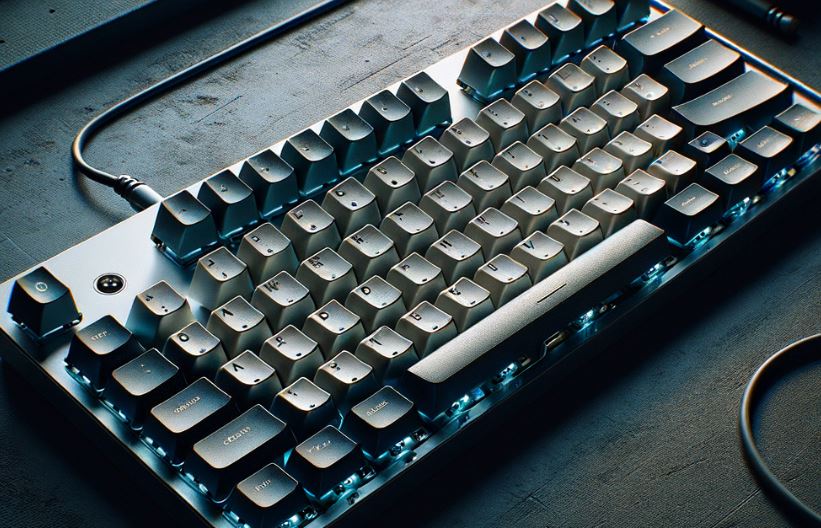Guide to Ortholinear Mechanical Keyboards
Mechanical keyboards come in many different layouts, but one specialized format gaining popularity is the ortholinear or orthogonal design. These keyboards break from the standard qwerty staggered row layout in favor of a grid-like structure with straight columns. Let's examine what exactly defines ortholinear keyboards and explore their unique benefits versus traditional staggered models.
What Makes an Ortholinear Keyboard Different?
On a traditional keyboard, the home row keys are arranged in a staggered zig-zag pattern to better match finger positioning. However, ortholinear keyboards arrange all keys in uniform vertical and horizontal rows like a graph sheet. This means each column is centered directly under the previous row above rather than offset left or right.
Additionally, ortholinear board keys are usually smaller than standard as the grid format allows fitting more into the same physical space. Keycaps also lack the diagonally slanted sides of common cherry profile caps due to straight column alignment.
Potential Benefits of an Ortholinear Design
Here are some ways proponents feel ortholinear keyboards can provide advantages:
More Natural Finger Movement
The strict aligned columns may promote a straighter, less contorted hand position some argue mimics how fingers would fall without row stagger influence.
Increased Key Density
Ortholinear designs allow packing higher totals of full-sized keys into the same surface area through grid optimization.
Improved Typographical Accuracy
The aligned rows could help learn proper "home row" fingering through consistent downward movement versus staggered jumping between columns.
Ergonomic Benefits
Straight columns are thought to create less abnormal hand torquing compared to offset standard rows over long typing sessions.
Customizability
Keys can be manually rearranged in software to any preferred non-qwerty layout without concern for physical column positions.
Popular Ortholinear Keyboard Models
Now that the ortholinear concept is better understood, here are some favored models currently available:
ZSA Moonlander
Highly customizable split ergo board. Hot-swap, rotary encoders, and on-board macro support in a solid wireless/wired package.
ErgoDox EZ
Iconic early ortholinear adopter. Adjustable tenting/tilt, on-board profiles. Choice between MX-compatible Gateron/Kailh switches.
Lily58
Inexpensive DIY build option. Open-source design. Can be hand-wired or use Pro Micro controllers.
Corne Keyboard
Small 40% form factor. Affordable price. Popular introductory ortholinear model.
Kyria
Modern take on the ErgoDox's columnar layout. 3D printable kits. Supports soldering or hot-swap PCBs.
Sofle Keyboard
Freely configurable left-right halves. Rotary encoder support. Compatible with QMK and Via firmware.
Points to Consider for New Ortholinear Users
While ortholinear keyboards offer appealing qualities, some adjustment may be required compared to traditional designs:
Finger Placement Learning Curve
Relearning homerow finger positions on the straight columns takes practice to develop muscle memory.
Slower Initial Typing Speed
Comfort and accuracy may reduce at first compared to years using offset staggered layouts.
Hand/Wrist Position Adaptation
The natural resting position shifts forward without row stagger influence on hand angle.
No Standardized Keycap Compatibility
Unusual key sizes/profiles mean finding custom ortholinear-specific replacement caps.
Split Ergonomic Models Require Experience
Extra adjustment period to synchronizing independent left-right halves.
Finding the Right Fit
While ortholinear keyboards offer appealing ergonomic qualities, some adjustment takes time. Consider your specific needs, and don't be afraid to start with a more traditional board before fully committing if ortholinear requires an initial learning curve for you.
